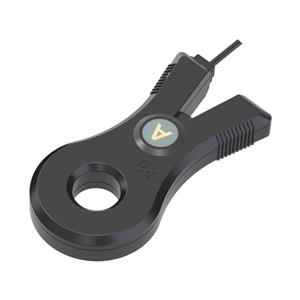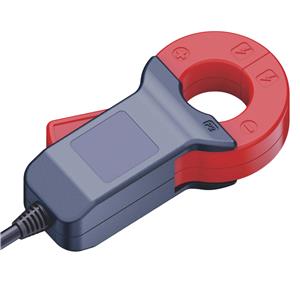-
1705-2025
DC-Immune Current Transformer Breaks Barriers for Charging Infrastructure
Debuting on June 17, the DCT105W-B3 120A current transformer redefines DC monitoring with a nanocrystalline ring core and multi-layer shielding. It maintains 0.2% accuracy under 1,000A/m DC interference, solving electromagnetic noise issues in ultra-fast EV chargers. A Guangdong-based charger OEM reported 4ms overcurrent response times (vs. 15ms) and 90% fewer false alarms on 800V platforms.
-
2603-2025
Understanding the Structural Composition of a 10A Miniature Current Transformer
A 10A miniature current transformer (CT) is a compact, precision instrument designed to measure alternating current (AC) in low-voltage electrical systems. Unlike traditional CTs, which are often bulky, this miniaturized version is engineered for applications where space constraints and portability are critical, such as in industrial control panels, renewable energy systems, and consumer electronics.
-
2001-2025
A Comprehensive Overview of High-Precision Current Transformers
In the realm of industrial automation and power system monitoring, high-precision current transformers (HACTs) play a pivotal role. These devices are non-contact instruments used to accurately measure both AC and DC currents in circuits for reliable operation and data integrity.
-
2012-2024
Unveiling the Essential Characteristics of Busbar Type Current Transformers (BTCs)
Busbar Type Current Transformers, often abbreviated as BTCs, are essential components in modern power systems, offering unique features that set them apart from traditional current transformers.
-
1612-2024
80A Busbar Type Current Transformer
The 80A Busbar Type Current Transformer (BTC) is a versatile piece of equipment widely employed in power distribution systems and industries worldwide. Designed specifically to monitor current flows through large busbars, it plays a pivotal role in modern electrical installations.
-
2911-2024
A Current Transformer (CT) for Ground Fault Protection
A Current Transformer (CT) for Ground Fault Protection (GFP) is a specialized device that plays a crucial role in electrical safety systems. The structure of a GFP CT is designed to detect and isolate faults in low-voltage or high-voltage electrical networks by monitoring the flow of current.
-
2611-2024
Ground Fault Protection Current Transformers
Ground Fault Protection Current Transformers (GFP CTs), often abbreviated as GFCIs, are essential safety devices in electrical installations. Their primary function is to provide protection against ground faults, which are electrical currents that unintentionally flow through the grounding path instead of intended circuits, posing serious fire and shock hazards.
-
1211-2024
Push-Pull Transformers: A Game-Changer in Natural Language Processing
In the realm of advanced natural language processing (NLP) architectures, the Push-Pull Transformer stands out as a cutting-edge innovation. Born from the fusion of traditional Transformers and novel information exchange mechanisms, this hybrid model breaks away from conventional self-attention paradigms. The core idea is to introduce a push operation that actively shares context-rich representations between encoder and decoder, while a pull mechanism retrieves selective information for improved efficiency.
-
2110-2024
The Advancements in Magnetic Latching Relays with Current Transformers: A Key Enabler for Industry 4.0 Integration
In the era of Industry 4.0, the integration of magnetic latching relays (MLRs) with current transformers (CTs) is revolutionizing the way we control and manage power systems. These innovative combinations are fostering smart manufacturing and improving overall system efficiency.
-
1710-2024
Exploring the Diversity of Transformers: A Technical Overview
Transformers have revolutionized the field of power electronics, transforming the way we transmit and utilize electrical energy. This versatile technology finds application in various sectors, from power distribution to telecommunications.




